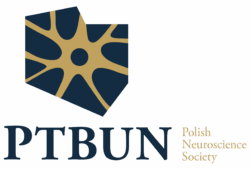References:
1. Szypulski K, et al. Autophagy as a new player in the regulation of clock neurons physiology of Drosophila melanogaster. Sci Rep. 2024. doi: 10.1038/s41598-024-56649-3
2. Doktór B, et al. Effects of MUL1 and PARKIN on the circadian clock, brain and behaviour in Drosophila Parkinson’s disease models. BMC Neurosci., 2019.
doi: 10.1186/s12868-019-0506-8
References:
1. Szabó Á, et al. LC3-associated phagocytosis promotes glial degradation of axon debris after injury in Drosophila models. Nat. Commun., 2023.
doi: 10.1038/s41467-023-38755-4
2. Vincze V, et al. Selective autophagy fine-tunes Stat92E activity by degrading Su(var)2-10/PIAS during glial injury signalling in Drosophila. bioRxiv, 2024.
doi: 10.1101/2024.08.28.610109
References:
1. Witzenberger M, et al. Human TRMT2A methylates tRNA and contributes to translation fidelity. Nucleic Acids Res., 2023. doi: 10.1093/nar/gkad565
2. Voßfeldt H, et al. Large-scale screen for modifiers of ataxin-3-derived polyglutamine-induced toxicity in Drosophila. PLoS One., 2012.
doi: 10.1371/journal.pone.0047452
References:
1. Portela M, et al. Glioblastoma cells vampirize WNT from neurons and trigger a JNK/MMP signaling loop that enhances glioblastoma progression and neurodegeneration. PLoS Biol., 2019. doi: 10.1371/journal.pbio.3000545
2. Losada-Pérez M, et al. Synaptic components are required for glioblastoma progression in Drosophila. PLoS Genet., 2022 doi: 10.1371/journal.pgen.1010329
